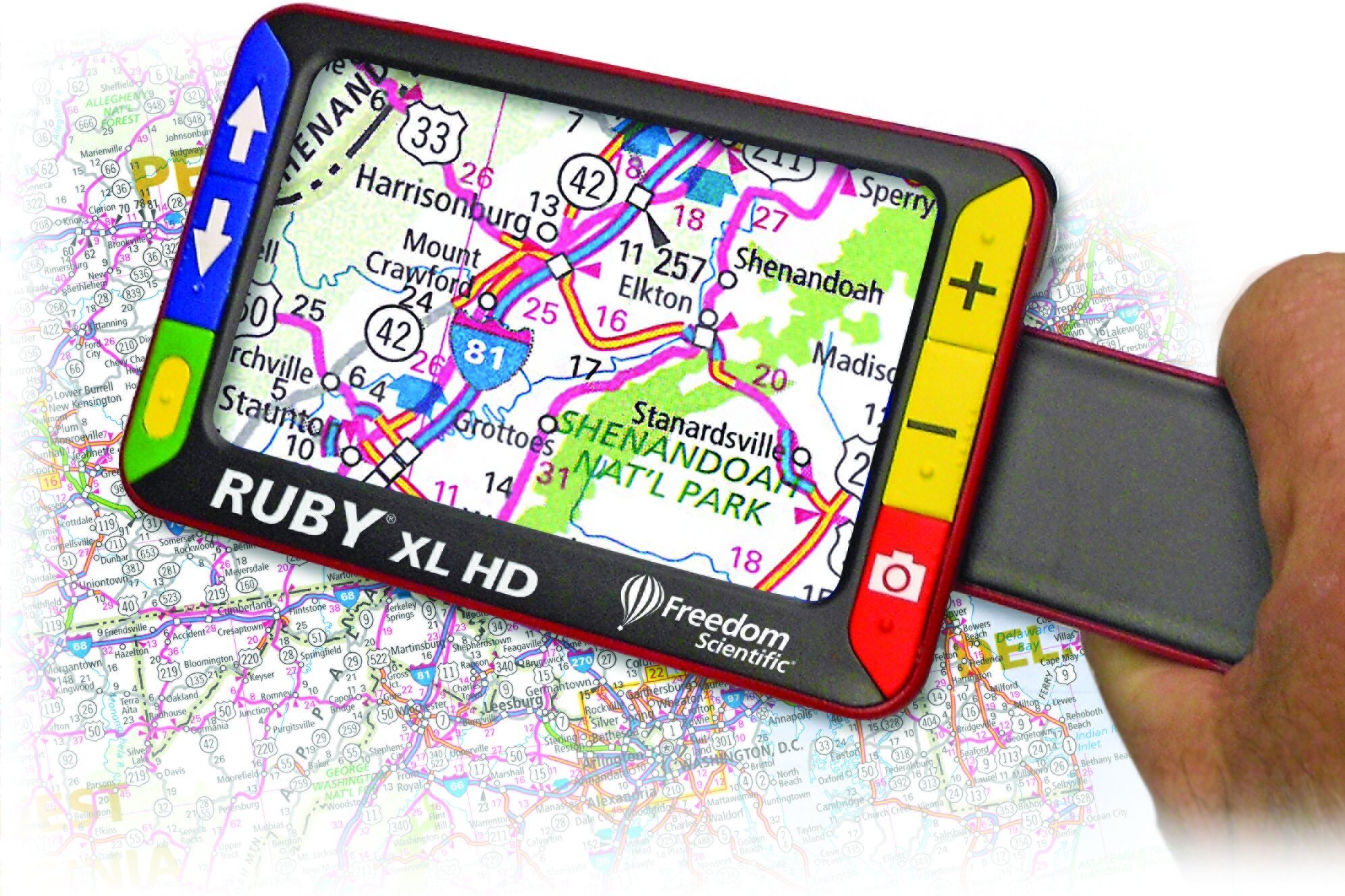
Improve Mobility with Low Vision Aids
For people living with low vision, mobility can present significant challenges. However, advancements in low vision aids have changed the way people with visual impairments can navigate the world around them. These specialist devices are designed to improve mobility and enhance independence. In this guide, we explore the importance of mobility for individuals with low vision, the effects of low vision on mobility, different types of low vision aids to help with improved mobility, and the benefits of using these aids in daily life.
Understanding Low Vision and Mobility
Low vision can significantly impact mobility by limiting the ability to see obstacles, navigate unfamiliar places, and perform tasks that require visual acuity. It can lead to increased reliance on others, reduced confidence, and a sense of isolation.
Mobility is essential for individuals with low vision to maintain independence and actively participate in daily activities. It allows them to move around safely, accomplish tasks, and engage with the surrounding environment.
Types of Low Vision Aids for Improved Mobility
Magnifiers
Magnifiers are optical devices that enlarge objects or text, making them easier to see. They are particularly useful for near tasks such as reading, writing, and examining objects up close. Magnifiers can enhance mobility by assisting individuals in reading signs, labels, and maps, thereby improving their ability to navigate and move independently. However, magnifiers may not be effective for distance viewing or navigating complex environments.
Electronic Magnifiers
Electronic magnifiers, also known as video magnifiers or CCTV systems, use cameras and screens to display enlarged images. They provide clear magnification of objects, text, and images, making them useful for both near and distance tasks. Electronic magnifiers can aid mobility by helping individuals read street signs, menus, and other important information, enhancing their ability to navigate the environment. Depending on the type of electronic magnifier, it may have limitations in terms of portability.
Handheld Magnifiers
Handheld magnifiers are portable magnifying devices that individuals can carry with them. They provide on-the-go magnification, allowing individuals to read labels, price tags, and other small print when shopping or exploring unfamiliar places. They are lightweight and compact, making them convenient for enhancing mobility. Handheld magnifiers may have limitations in terms of the size of the viewing area and may not be suitable for prolonged use or tasks requiring hands-free operation.
Bioptic Telescopes
Bioptic telescopes are specialized glasses that incorporate a small telescope lens. They are particularly useful for individuals with low vision who require distance viewing. Bioptic telescopes allow individuals to see objects or signs from a distance, improving their mobility and enabling them to navigate outdoor environments with greater ease. Bioptics may have a limited field of view and would not be suitable for close-up tasks or reading small print.
Prism Glasses
Prism glasses are designed to assist individuals with a limited field of vision. By redirecting light and expanding the visual field, they enhance peripheral vision. This expansion can help individuals detect obstacles and hazards while walking, thus enhancing mobility and safety. Please note that they may not provide significant magnification and may not be suitable for tasks requiring detailed visual acuity.
Monoculars
Monoculars are handheld devices similar to small telescopes. They provide distance viewing and can be used to see signs, landmarks, or objects from a distance. Monoculars are portable and can be easily carried, aiding individuals with low vision in outdoor mobility. They can have limitations with wide-field views in terms of depth perception and detailed visual acuity.
The Benefits of Using Low Vision Aids for Improved Mobility
Increased Independence and Confidence
By improving visual acuity and enabling individuals to navigate their surroundings more effectively, low vision aids enhance independence and boost confidence. Individuals can confidently move around, accomplish tasks, and participate in various activities without relying heavily on others.
Better Safety and Security
Low vision aids play a crucial role in enhancing safety and security. By enabling individuals to detect obstacles, read signs, and recognise potential hazards, these aids reduce the risk of accidents and improve overall safety during mobility.
Improved Social Life and Participation
With the help of low vision aids, people with visual impairments can actively engage in social activities and participate in more community events. They can read menus, recognise faces, and navigate public spaces more confidently, which creates a sense of inclusion and enhances social interactions.
Enhanced Access to Education and Information
Low vision aids, such as magnifiers and electronic devices, enable individuals to access written materials, read books, and gather information. This improved access enhances educational opportunities, promotes lifelong learning, and expands overall knowledge.
Frequently Asked Questions (FAQs)
What is Low Vision and How Does it Affect Mobility?
Low vision is a visual impairment that cannot be fully corrected by conventional eyeglasses or contact lenses. It affects an individual's ability to see clearly, impacting mobility by limiting the ability to navigate and perform tasks that rely on visual cues.
What Types of Low Vision Aids are Available for Improved Mobility?
Various low vision aids, including magnifiers, electronic magnifiers, handheld magnifiers, bioptic telescopes, prism glasses, and monoculars, are specifically designed to assist individuals with low vision in improving mobility.
How Do I Choose the Right Device?
Choosing the right low vision aid depends on individual needs, preferences, and the specific visual challenges faced. It is advisable to consult with an eye care professional or low vision specialist who can assess your needs and recommend the most suitable device for your mobility requirements.
Low-vision aids play a pivotal role in improving mobility for people who suffer from visual impairments. By providing visual enhancement, increasing independence, promoting safety, facilitating social engagement, and expanding access to information, they empower people to navigate their surroundings with confidence and ease.

